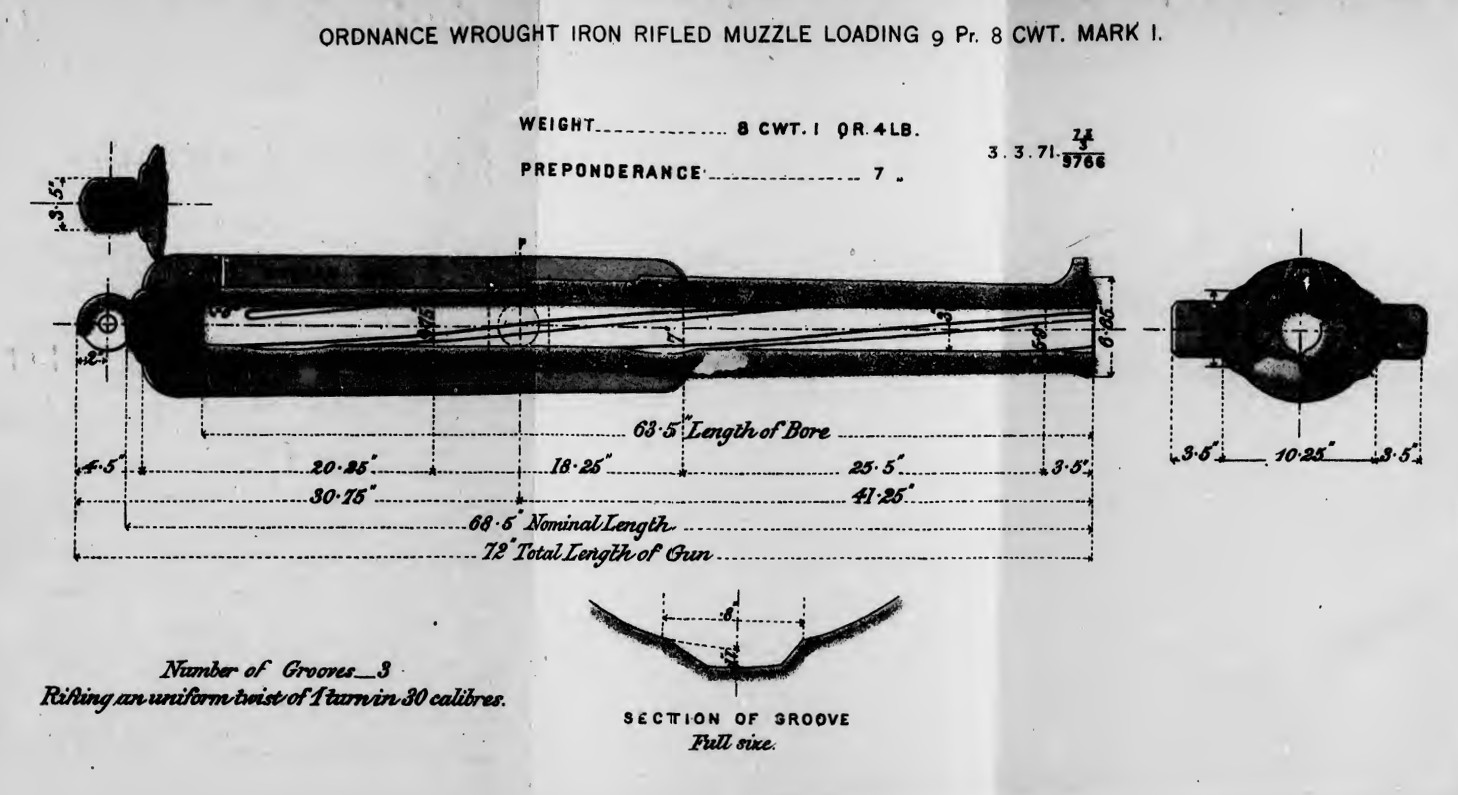Banners of Regiments Sacred (1924)
Topic: Militaria

Ancient Tradition Makes Banners of Regiments Sacred (1924)
The Border Cities Star, Windsor, Ontario, 1 March 1924
By Deanna Van Luven
Since the formation of the earliest military and naval organizations in the dim, dark ages, it has been the custom to deck out the fighting units with badges, banners, crests and similar signs.
In heathen times the warring tribes would carry some sacred sign into battle, usually an image of their particular god, thus giving them courage and inspiration.
Down through the ages the custom continued, and when the science of military strategy and tactics became more developed these signs became rallying points of armies and the various divisions of the fighting forces.
In Early Times
It is recorded that the early Egyptians, Assyrians, Jews and Persians carried banners. These would generally consist of cloths, varying in size, shape and colors, or figures of birds and animals.
The armies of the early Egyptian kings carried a fan-shaped design bearing the initials of the reigning sovereign, while the Roman eagles are equally familiar in the pages of history.
The word "flag," which is of Teutonic origin, meaning "a piece of cloth waving in the wind," was adopted to distinguish the banners flown at sea. It was later used as a term for both naval and military banners.
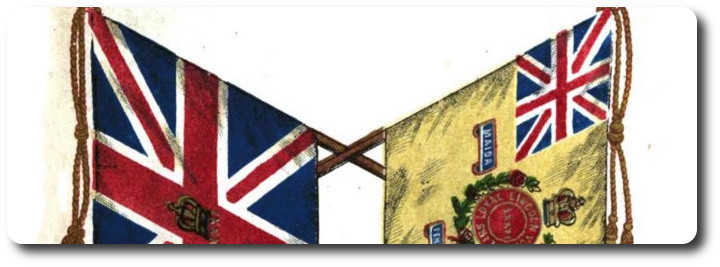
Flags of Barons
To come down to the Middle Ages, the days of the feudal barons, each of the lordly landowners adopted a particular banner, and his followers wore distinctive badges. In the days of the early Crusades the armies were a riot of colorful banners, crests and designs.
The King's banner was carried by the regiments of "mercenaries" when they were introduced, and the men wore the King's badges.
Although St. George had been the patron saint of England from the earliest times, it was not until the reign of Edward III that this was officially recognized, and Henry V was the first to bear a banner with the cross of St. George embodied thereon. St. Andrew was adopted as the patron saint of Scotland about A.D. 750.
First Union Flag
When James VI of Scotland became James I of England he ordered the cross of St. George and the celtire of St. Andrew to be combined, thus making the first Union Flag. It was then commonly known as the "Jack" after Jacques, the French version of the King's name. This flag was carried by the British armies, with some slight variations, and with the exception of the Commonwealth period, until the year 1800, when the celtire of St. Patrick of Ireland was added to then design.
The flags assigned to the various regiments in the British army are known as "Colors," "Standards," or "Guidons," according to the branch of the service concerned. The latter two terms concern the cavalry, while "Colors" are borne by infantry only. Regiments of rifles, artillery and hussars carry no colors or standards.
In the infantry regiments two distinct colors are carried, the first being the King's Colors, a "Union Flag," with the cypher of the King and the name of the regiment enscribed in the centre, and the other being the Regimental Color, which is of variable design.
Regimental Colors
Regimental Colors for the various infantry regiments are as follows: English, cross of St. George; Scotch, yellow; Irish, green (non-existent), royal regiments always blue; and special regiments, corresponding to uniform facings. The crest of the regiment is enscribed in the centre, and encircled by wreaths of entwined rose, thistles, shamrocks or oak leaves as the case might be. The wreath is of maple leaves in Canadian units.
Battle honours are scrolls with the names of "actions" embroidered on them and are awarded to those regiments which have specially distinguished themselves.
Although rifle regiments and certain other branches of the service carry no colors their honors are inscribed on their badges. "Rifles" were originally scouts and skirmishers, and their particular role made the carrying of colors impossible. Later, when formed into units the old tradition remained. The fact that batteries of artillery have no colors may possibly be traced back to the ancient customs of the Prussians in having carved chariots accompanying their field troops instead of banners.
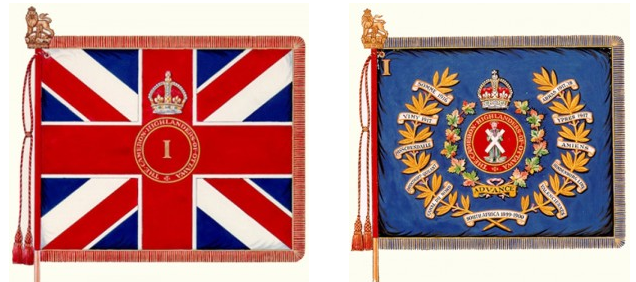
Carried by Subalterns
Colors are usually carried by two subalterns (lieutenants or second lieutenants), with an escort of three N.C.O.'s or men with fixed bayonets. The colors of a regiment must not be confused with the regimental "colors," which are really "club" designations.
Since 1879 colors have not been carried in action by British regiments. In that year, in one of the campaigns against savages, two officers lost their lives while endeavouring to save the colors. It was then decided an unnecessary sacrifice in savage warfare, and the custom has not been revived to the present. It is contended by military authorities that their use would be extremely valuable in civilized warfare, especially in the assault, as they would serve as distinguishing marks and guides where a large body of troops are working together. This, of course, would apply in a campaign of the "open" variety only. They were used to this end in the Russo-Japanese war.
At all times the colors are paid the highest honours, as they are consecrated, and are the epitome of the history of the regiment concerned. The represent Honor, Death and Glory, and the self-sacrifice of thousands of the finest men of a nation. They are a symbol of the trust placed in that regiment by the king.
Overseas Honors
At the conclusion of the Great War, 1914-18, a special King's Color was presented to all overseas units taking part therein. The late King Edward VII presented a similar banner to the Royal Canadian Regiment upon the conclusion of the South African War, 1899-1902, and an elaborate ceremony is still carried out by that regiment on Paardeburg Day, the 28th of February (sic) of each year, and this color is "trooped" on this anniversary.
Many old and historic colors now repose in St. Paul's Cathedral, London, England, battle-scarred and torn, but honored by the entire nation. In Canada the majority of the colors of overseas units in the C.E.F. have been "hung" in various churches, and those of one of the units formed in this district may now be seen in the vestry of All Saints' Church, Windsor.

Posted by regimentalrogue
at 12:01 AM EST
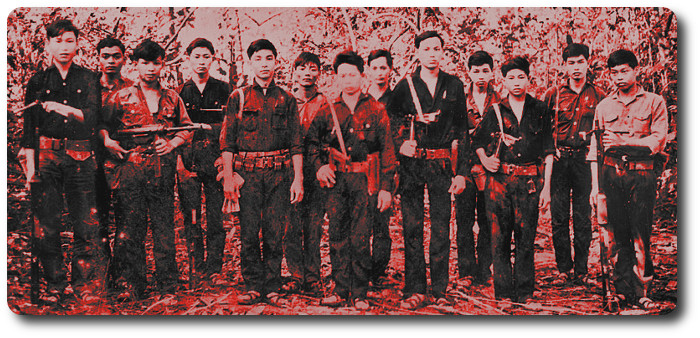


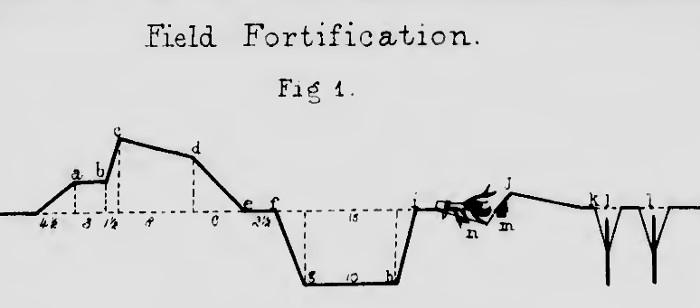

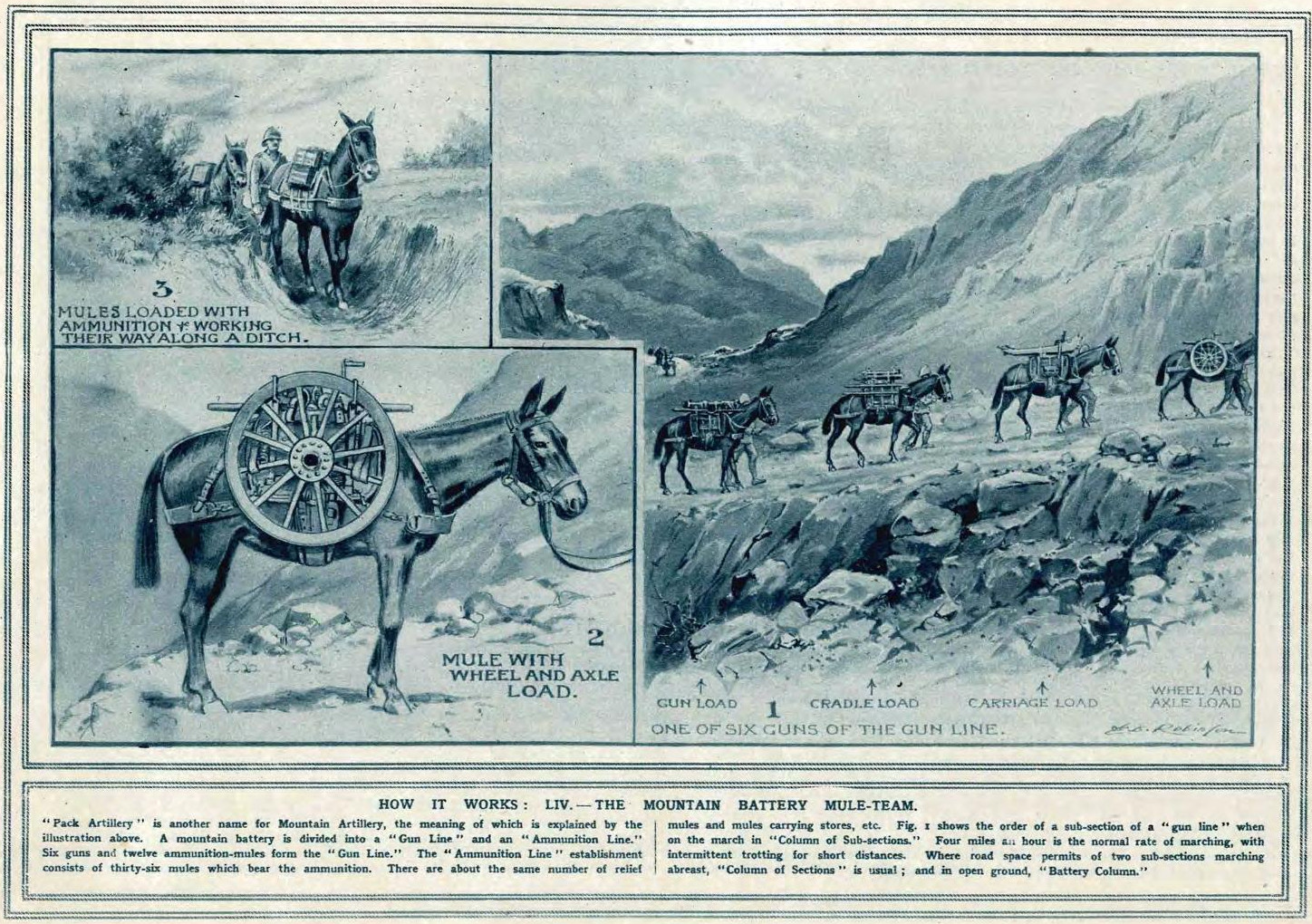
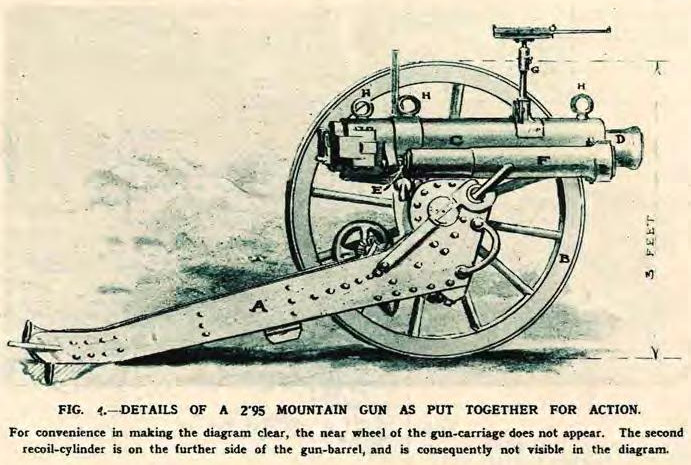



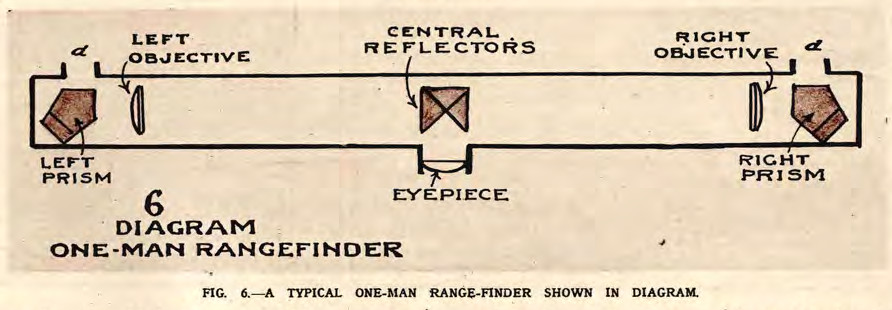

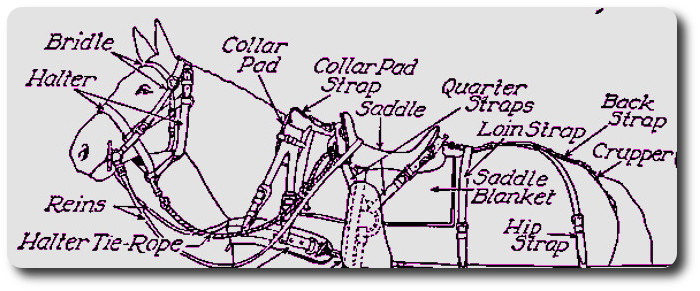

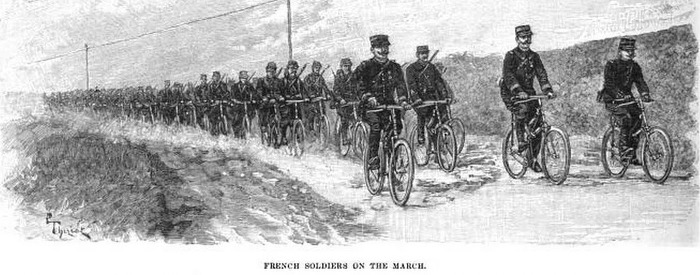
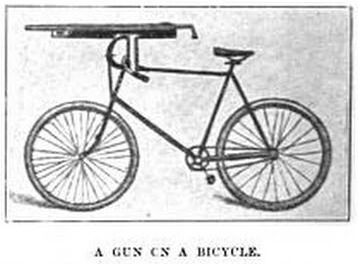 The serious consideration that France is giving the bicycle in connection with service in war, has led the military experts all over the civilized world to take up the matter, but as an admirable article in the London Daily Mail says: "Little has been done by any of the great Powers, although experts have long agreed that the bicycle will play an important part in the next war." But it is not the "faddy" or "ornamental" order with which the French have taken it up. Captain Gerard, a young officer of the French army, is proving by severe tests that bicycle corps can be trained to very nearly take the place of cavalry. He has been training his men to the performance known as the "cleaving of the Turk’s head" with the bicycle instead of the horse. It was found to be extremely difficult at first, and the slightest shifts in the saddle caused a spill. But the men soon acquired great proficiency, and demonstrated that the weight and impetus of the horse count as little, and that the feat is accomplished by strength and dexterity alone.
The serious consideration that France is giving the bicycle in connection with service in war, has led the military experts all over the civilized world to take up the matter, but as an admirable article in the London Daily Mail says: "Little has been done by any of the great Powers, although experts have long agreed that the bicycle will play an important part in the next war." But it is not the "faddy" or "ornamental" order with which the French have taken it up. Captain Gerard, a young officer of the French army, is proving by severe tests that bicycle corps can be trained to very nearly take the place of cavalry. He has been training his men to the performance known as the "cleaving of the Turk’s head" with the bicycle instead of the horse. It was found to be extremely difficult at first, and the slightest shifts in the saddle caused a spill. But the men soon acquired great proficiency, and demonstrated that the weight and impetus of the horse count as little, and that the feat is accomplished by strength and dexterity alone.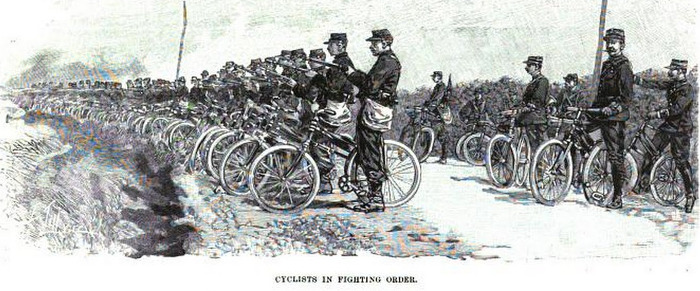
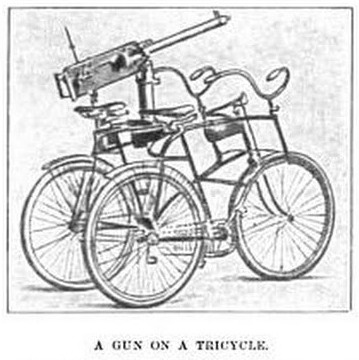 It is, however, in skirmishing that the bicycle promises most. A commander marching into an enemy’s country has had in times past to rely upon a corps of fleet horsemen to "feel the way" and follow the movements of the enemy. The extent of territory over which this could be done daily was limited by the powers of the horse. The bicycle skirmishers, however, would suffer under no such limitations. The transportation of fodder for the horses is one of the most serious problems that confront a military commander, and their care entails a vast amount of labour, which takes so many men out of the list of available fighters. Many times in history the approach of an enemy has become known by the tramping of the horses, which, upon a hard road, can be heard a long way off on a still night. Experienced campaigners have detected this ominous sound when the horses were miles away. Nothing of this kind would be possible. Again, a mounted horseman makes a large object at night, but a cyclist crouching low could only be seen with difficulty, and would make a very difficult target to hit. The tandem skirmishers are specially formidable. They have a speed which no horse can attain. In times of danger the rider in front can bend low and work the pedals while his companion can fire over his shoulder. Altogether the French officer in charge of the experiment has demonstrated to his own satisfaction the superiority of the bicycle over the horse for many purposes in warfare.
It is, however, in skirmishing that the bicycle promises most. A commander marching into an enemy’s country has had in times past to rely upon a corps of fleet horsemen to "feel the way" and follow the movements of the enemy. The extent of territory over which this could be done daily was limited by the powers of the horse. The bicycle skirmishers, however, would suffer under no such limitations. The transportation of fodder for the horses is one of the most serious problems that confront a military commander, and their care entails a vast amount of labour, which takes so many men out of the list of available fighters. Many times in history the approach of an enemy has become known by the tramping of the horses, which, upon a hard road, can be heard a long way off on a still night. Experienced campaigners have detected this ominous sound when the horses were miles away. Nothing of this kind would be possible. Again, a mounted horseman makes a large object at night, but a cyclist crouching low could only be seen with difficulty, and would make a very difficult target to hit. The tandem skirmishers are specially formidable. They have a speed which no horse can attain. In times of danger the rider in front can bend low and work the pedals while his companion can fire over his shoulder. Altogether the French officer in charge of the experiment has demonstrated to his own satisfaction the superiority of the bicycle over the horse for many purposes in warfare.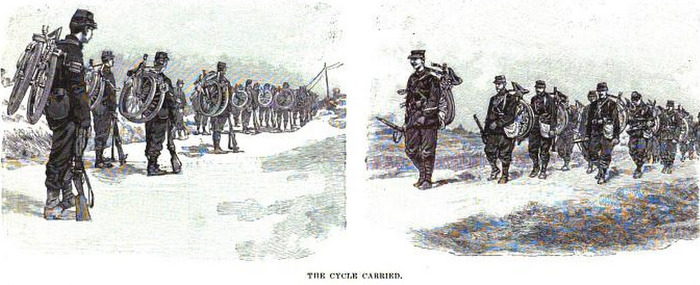

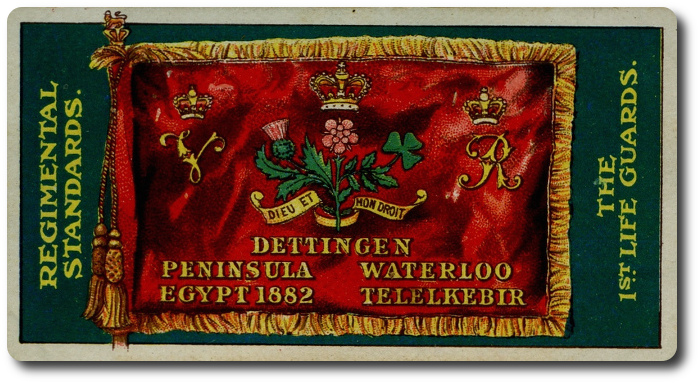


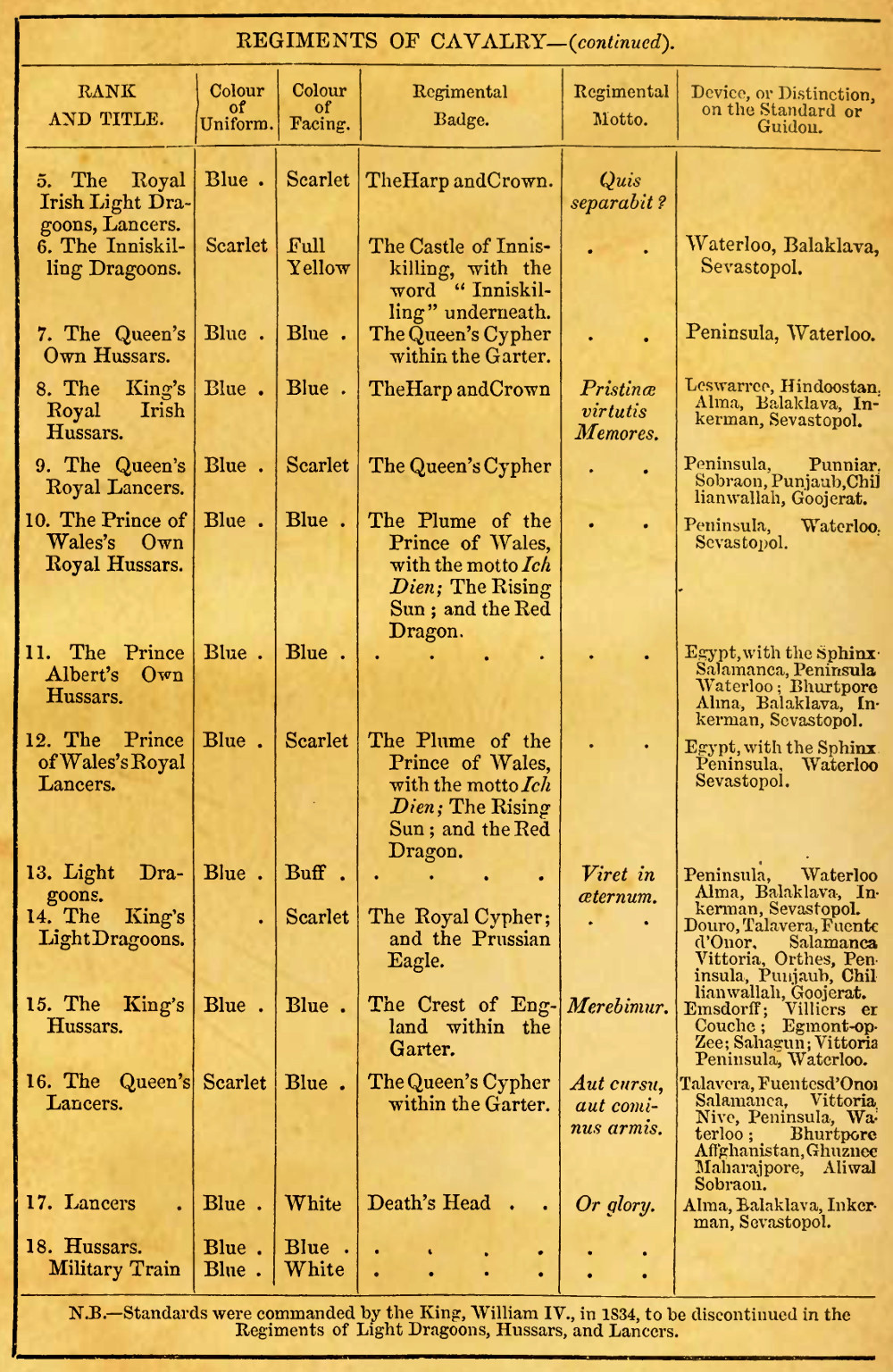
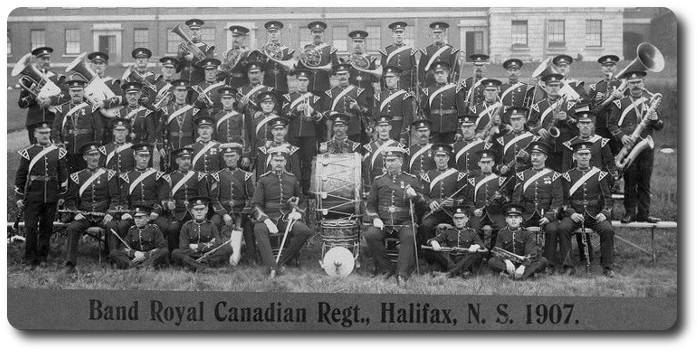
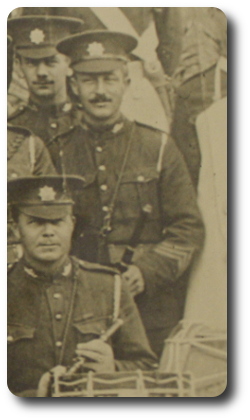 The Quebec Saturday Budget, 6 January 1906
The Quebec Saturday Budget, 6 January 1906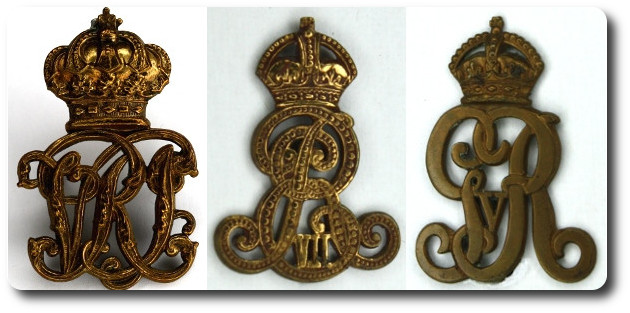
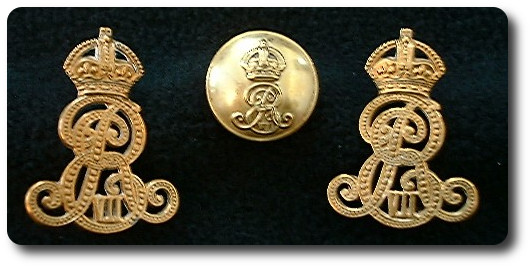

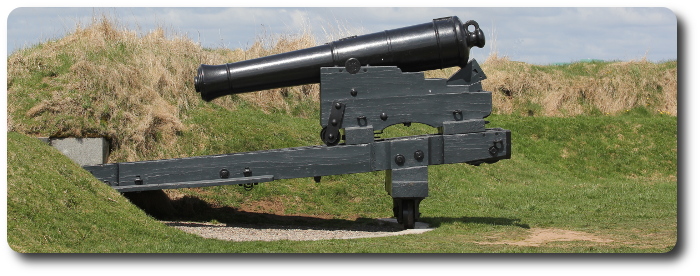




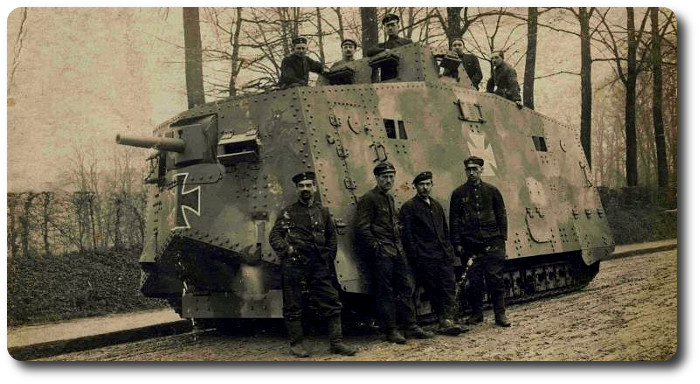
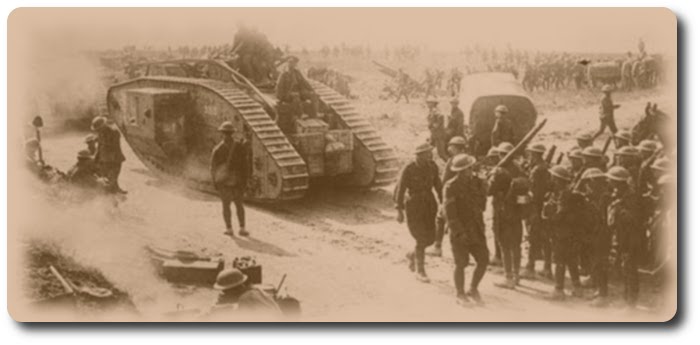
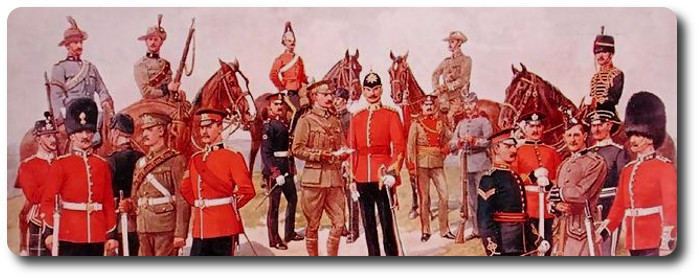
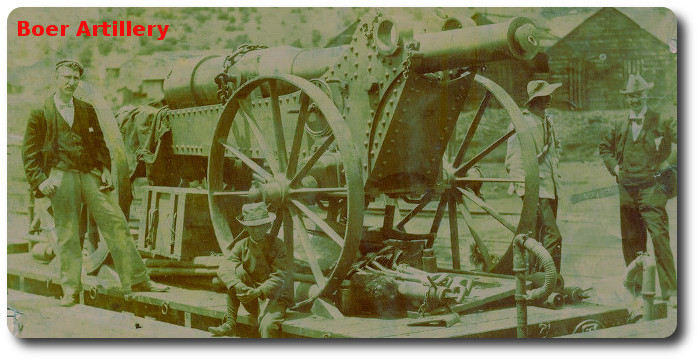
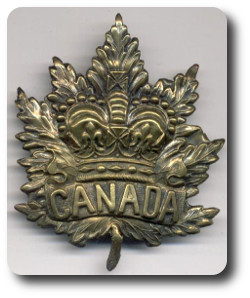 Ottawa, August 7.—(Special)—Of the extensive armament captured from the Boers during the war of 1899-1903 the British Government has awarded four large guns and 700 Mauser rifles to Canada in recognition of the part it took in the great campaign. The weapons will most likely be allotted among the larger cities, the big guns to adorn the public places as mementos of Canada’s baptism of fire and the rifles to do similar duties in military and public museums. These trophies will be of great benefit in preserving the memory of the war that welded the Empire and inspired the young with that hardy manly spirit that forms a strong power in the preservation of the life and virility of a nation.
Ottawa, August 7.—(Special)—Of the extensive armament captured from the Boers during the war of 1899-1903 the British Government has awarded four large guns and 700 Mauser rifles to Canada in recognition of the part it took in the great campaign. The weapons will most likely be allotted among the larger cities, the big guns to adorn the public places as mementos of Canada’s baptism of fire and the rifles to do similar duties in military and public museums. These trophies will be of great benefit in preserving the memory of the war that welded the Empire and inspired the young with that hardy manly spirit that forms a strong power in the preservation of the life and virility of a nation.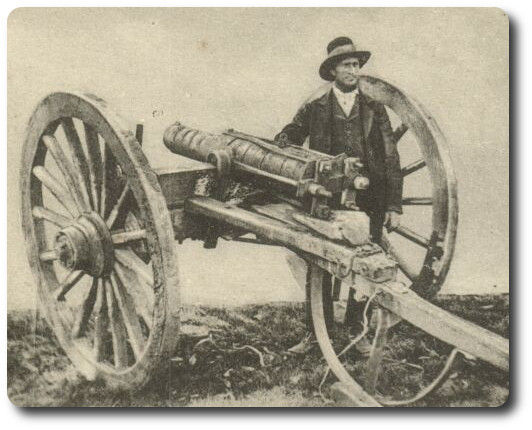

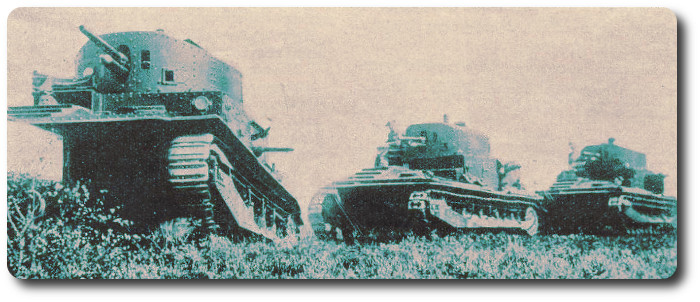
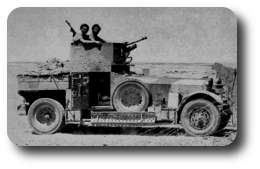 He thought that is the armoured car came more generally into use it would be as a cavalry weapon. If a change were to be effected in the cavalry regiments he thought it possible that they would be armed with a certain number of armoured cars, and fewer horses would be employed. But in his view we could not obliterate the great traditions and efficiency and all the possibilities we now got from our cavalry regiments. "We ought to look before we leap," he said, "We must not too hurriedly and blindly turn everything into machines."
He thought that is the armoured car came more generally into use it would be as a cavalry weapon. If a change were to be effected in the cavalry regiments he thought it possible that they would be armed with a certain number of armoured cars, and fewer horses would be employed. But in his view we could not obliterate the great traditions and efficiency and all the possibilities we now got from our cavalry regiments. "We ought to look before we leap," he said, "We must not too hurriedly and blindly turn everything into machines."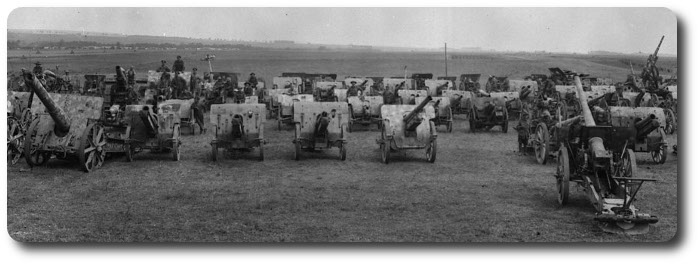
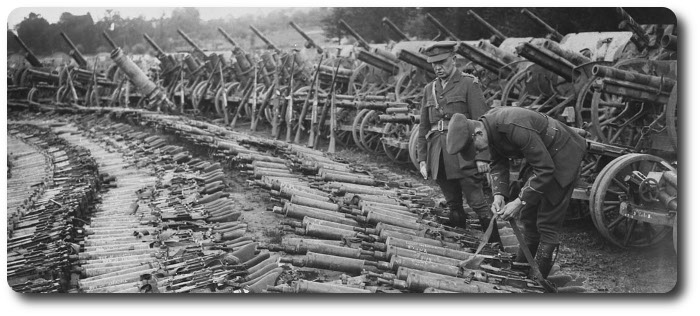
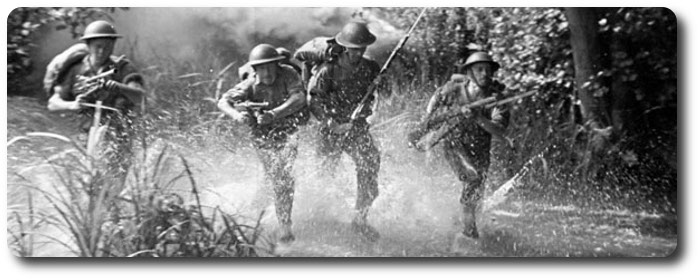

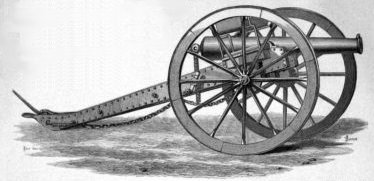 Designation.—Ordnance, wrought Iron rifled, M.L. 9 Pr. 8 cwt.
Designation.—Ordnance, wrought Iron rifled, M.L. 9 Pr. 8 cwt.